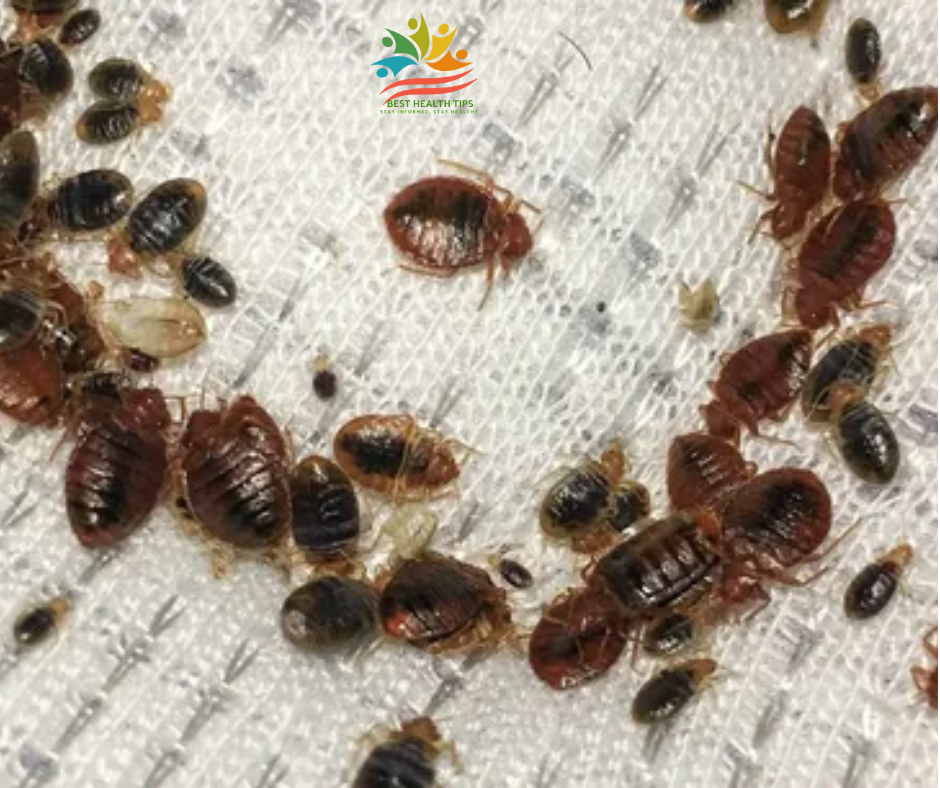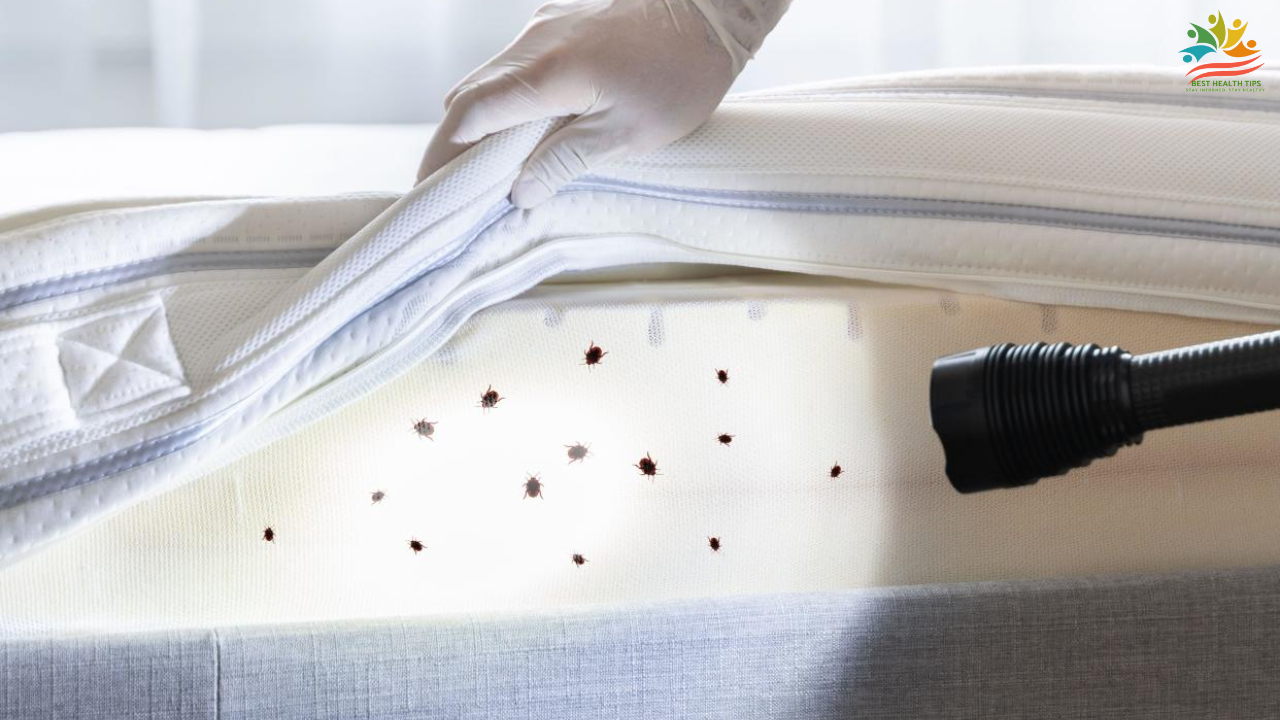Introduction
Bed bug infestation is a nightmare, both financially and emotionally. Bed bugs reproduce at a fast rate and require professional services for complete elimination. Bed bug treatment is, however, very expensive, and many homeowners and tenants are unable to afford the services. There are financing options, however, that you can use to finance the services and maintain your home free of the pests.
Understanding the Cost of Bed Bug Treatment

The cost of bed bug treatment varies according to how heavy the infestation is, the area’s size, and the method of treatment. The standard treatments are:
Heat Treatment: Between $1,500 and $4,000 for a single house.
Chemical Treatment: Between $300 and $1,500 per room.
Fumigation: More than $5,000 depending on the size of the property.
DIY Treatments: Less expensive but most likely not effective in completely eliminating the infestation.
Given these costs, payment plans are the solution for individuals who need treatment right away but are not able to pay the full price at once.
Payment Plans for Bed Bug Treatment
1. Pest Control Company Payment Plans
The majority of pest control firms offer inhouse payment plans where in you can pay treatment in installment rather than the full price. Make sure to inquire from your provider if they offer payment plans or flexible payment schedules.
2. Credit Cards
If you have a readily available credit line, paying with a credit card is one of the alternatives that can cover the expense of treatment. Certain cards offer lowinterest promotion periods where you can pay the charge in instalments without incurring hefty fees.
3. Personal Loans
Borrowing from a bank, credit union, or internet bank as an individual loan is another funding source for bed bug treatment. Select loans with minimal interest and good payment terms.
4. Home Equity Loans or HELOCs
Homeowners may use a home equity loan or home equity line of credit (HELOC) to cover the cost of treatment. The loans have lower interest levels compared to credit cards or personal loans.
5. Government and Nonprofit Support
A few local governments and nonprofits offer financial assistance programs for pest control treatments, especially for lowincome residents or renters. Call local housing authorities or health departments to see what is available.
6. Insurance Coverage
Most homeowners and renters insurance policies exclude bed bug treatments, but it’s always worth asking your agent. In the remote chance, coverage may be offered under specific circumstances.
7. Buy Now, Pay Later Services
Some businesses partner with funding providers like Affirm, Klarna, or Afterpay so that payments are spread out over several months. This can be useful if the pest control company offers it.
Tips for Choosing the Best Funding
Compare Interest Rates: Steer clear of loans or credit cards with high interest rates that can make the payment not affordable.
Check Payment Terms: Choose a funding type that has comfortable monthly payments.
Consider Your Credit Score: Some financing products require a strong credit score, but others include options for people with lower credit scores.
Review the Fine Print: Ensure that you understand everything you’ll have to pay as fees and fines for the finance option.
What is the most effective bed bug treatment?
The most effective bed bug treatment depends on the severity of the infestation and budget. Here are the top options:
3. Fumigation (For Severe Infestations)
Encloses the entire home in a gastight tent and releases fumigants.
Kills all bed bugs and eggs, best for large infestations.
High cost ($5,000+), requires evacuation for several days.
Best Recommendation:
For severe infestations → Heat treatment or fumigation.
For mild cases → Chemical treatment + mattress encasements.
For prevention → Regular vacuuming, sealing cracks, and using interceptors.
- Safe Sleep Tips after Treatment
- Use mattress encasements to trap any remaining insects.
- Vacuum frequently to remove dead bugs and residues.
- Avoid introducing new bedding until you can ensure that all bugs are gone.
| Year/Period | Development in Financing for Bed Bug Treatment |
|---|---|
| Pre-2000s | Bed bug treatments were mostly self-funded, with limited financial assistance options. |
| 2000s | Growing infestations led to increased demand for professional treatments; some pest control companies began offering payment plans. |
| 2010s | Introduction of personal loans and credit card financing for pest control services. Some local governments started assistance programs. |
| 2020s-Present | Expansion of buy now, pay later (BNPL) services, insurance inquiries, and nonprofit assistance for low-income households. |
Conclusion
Bed bug removal is important for an unhospitalized and comfortable house, but it can be too expensive. With the utilization of financing options such as payment plans, personal loans, credit cards, and aid programs, you can find a financing option that fits your means. Don’t wait until it costs more—early treatment is the solution to effective removal and prevention of future infestation.
Read more about Cure&Treatment and other categories at Best Health Tipss.


